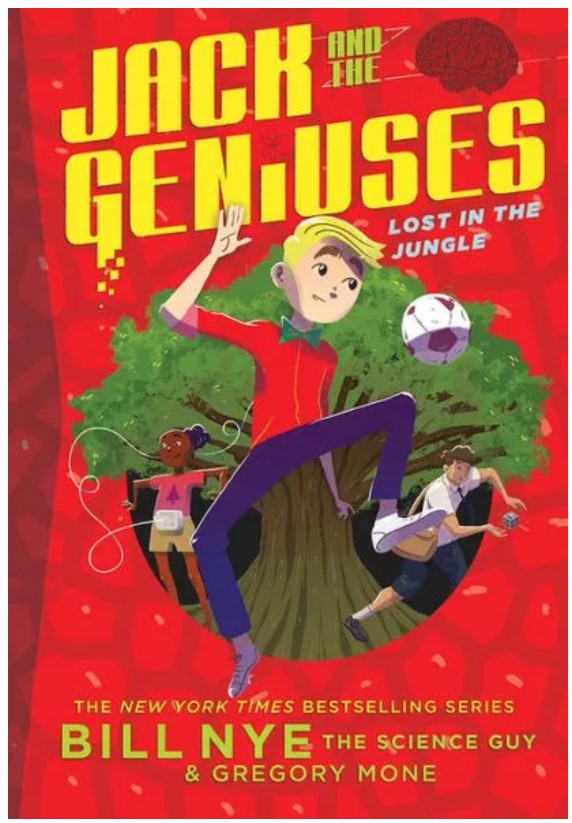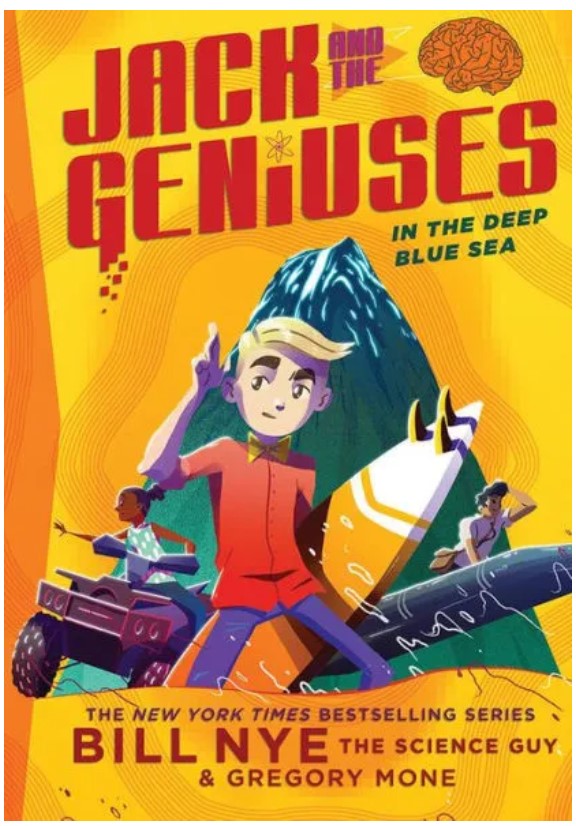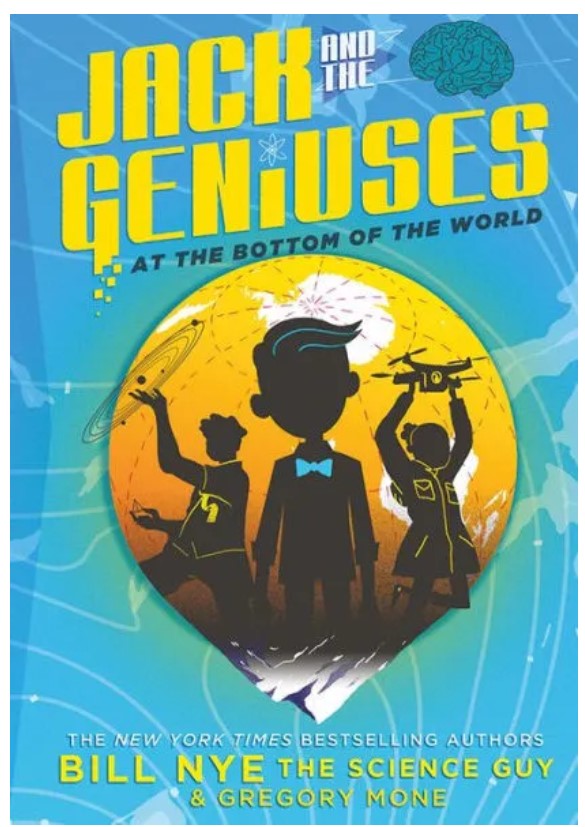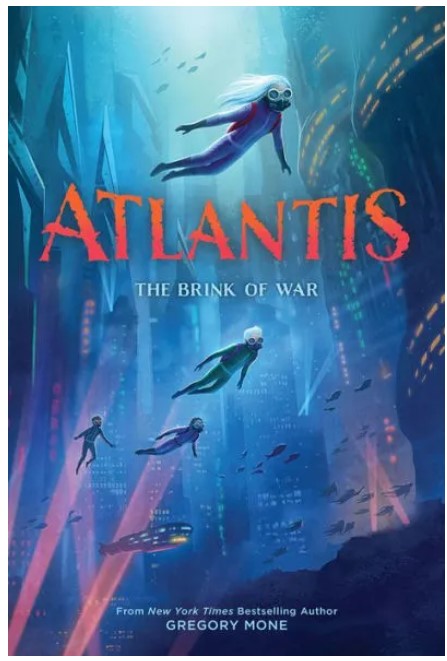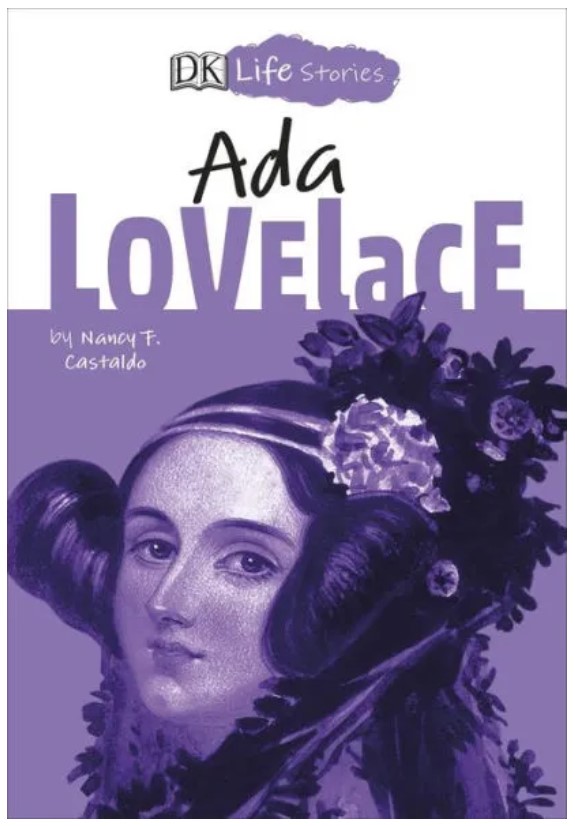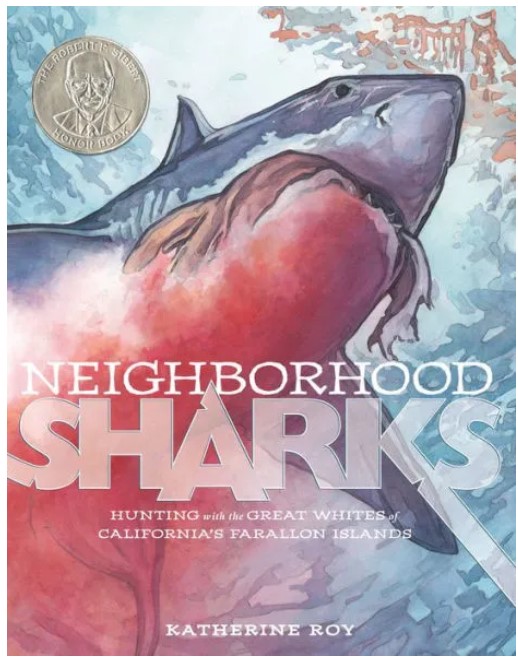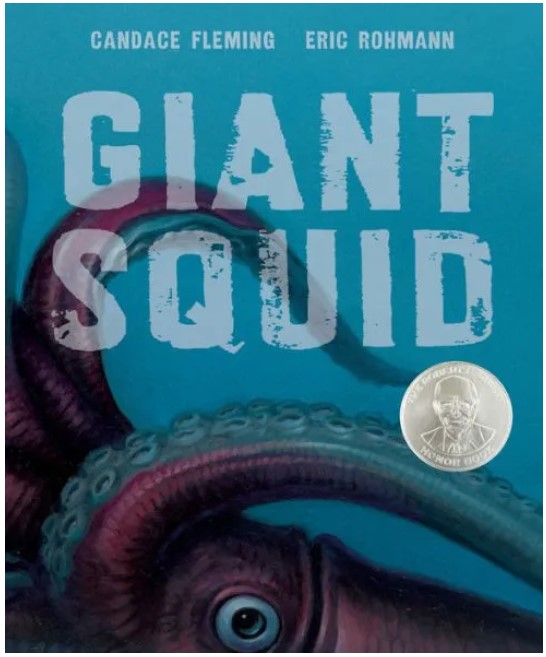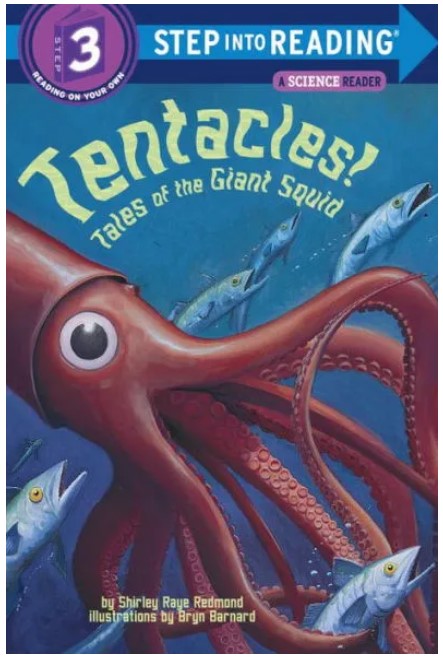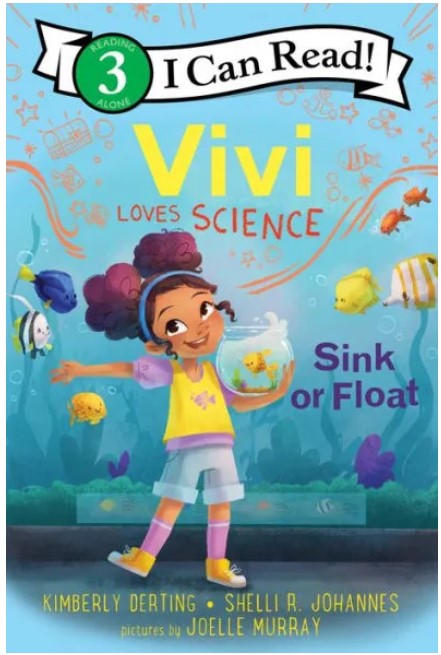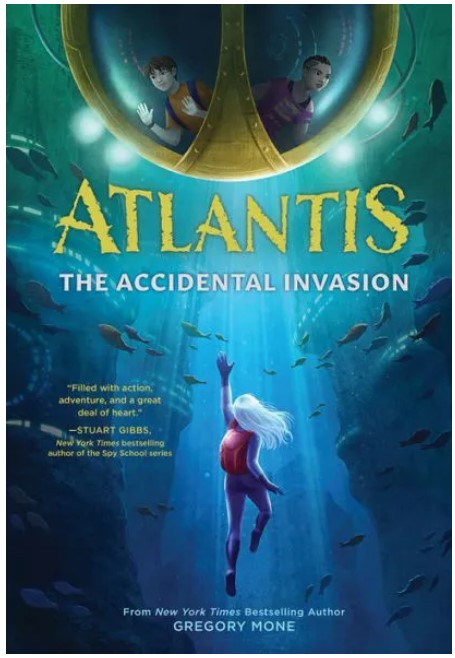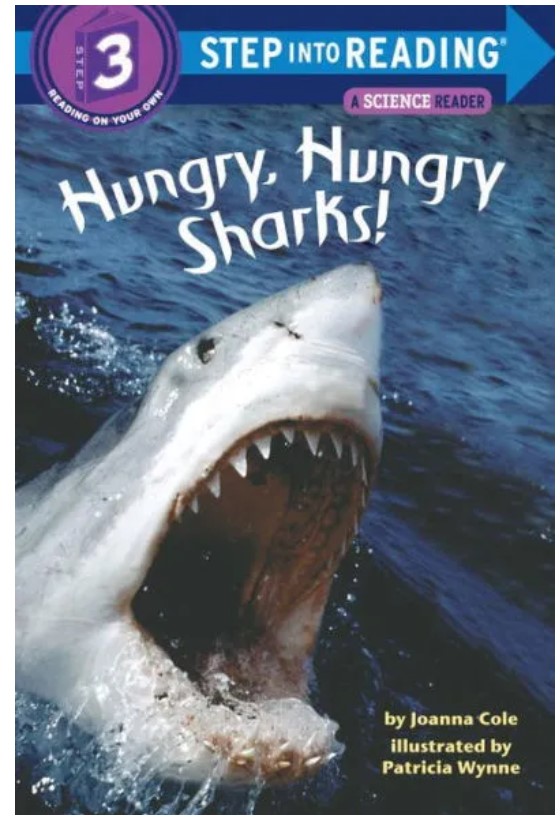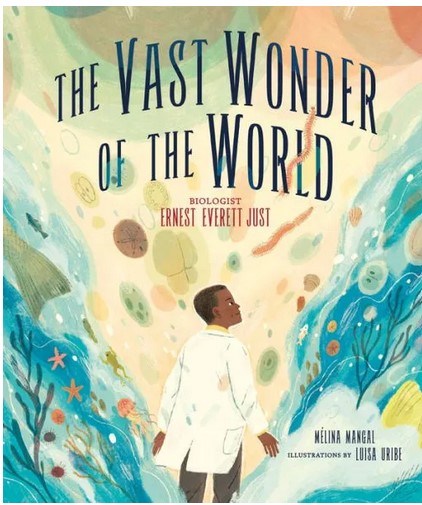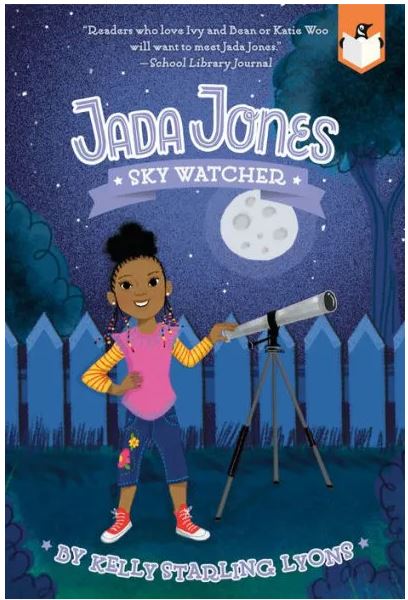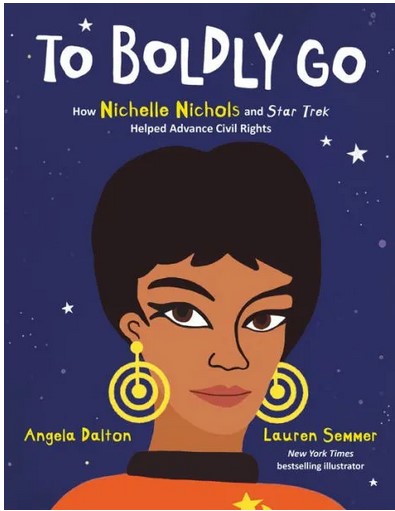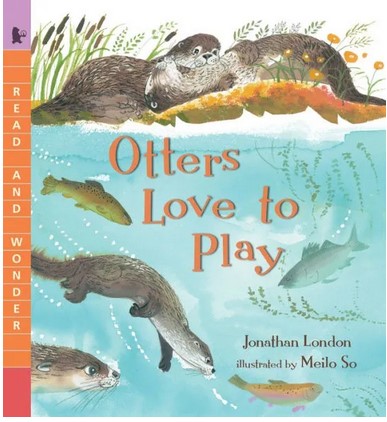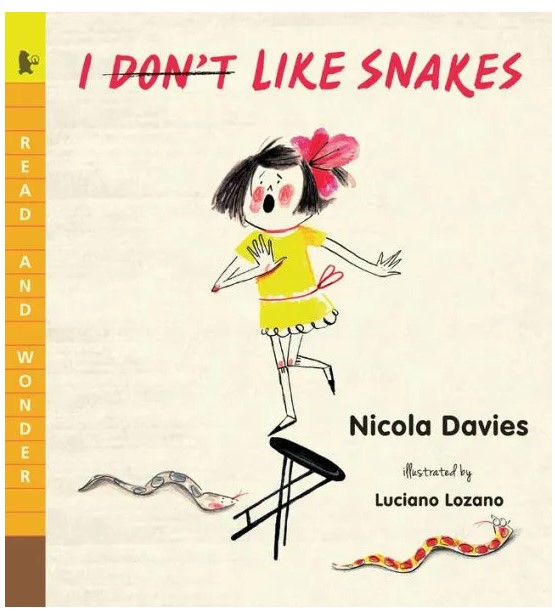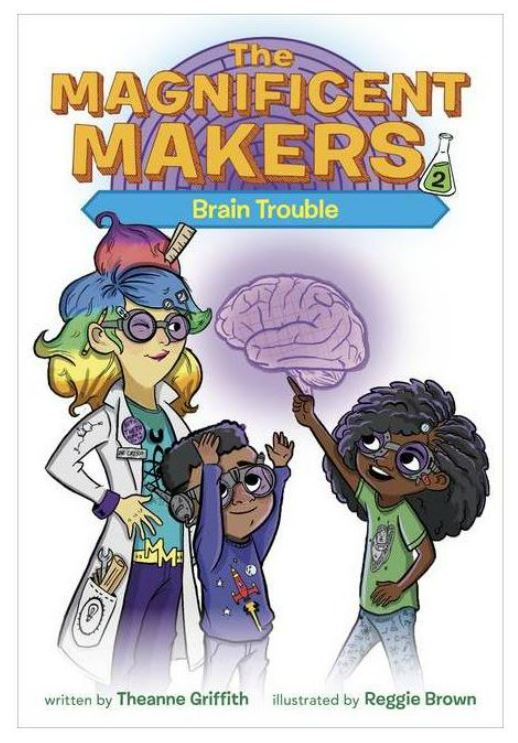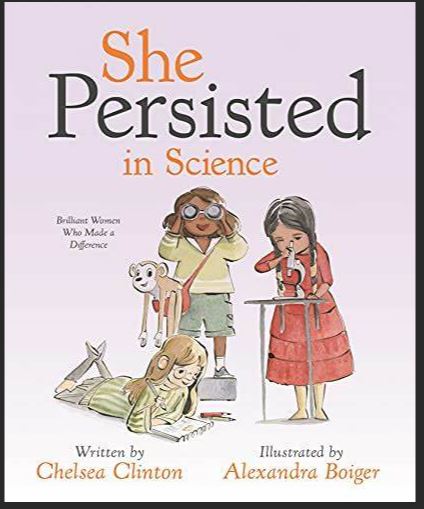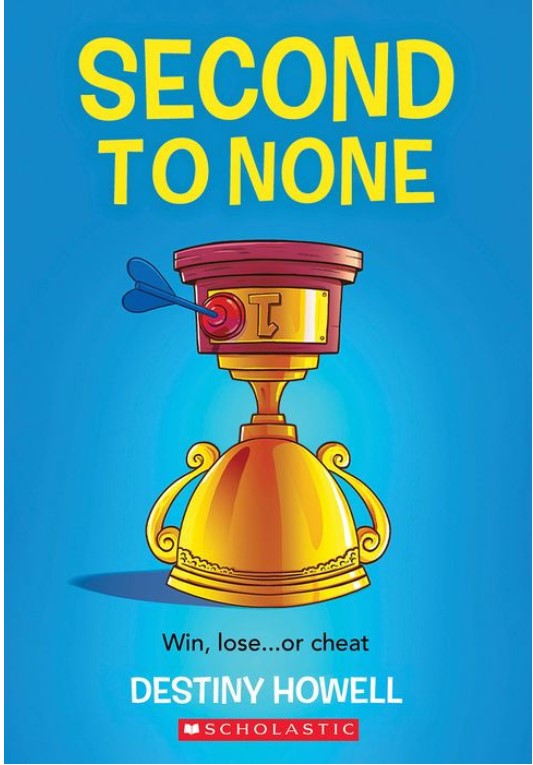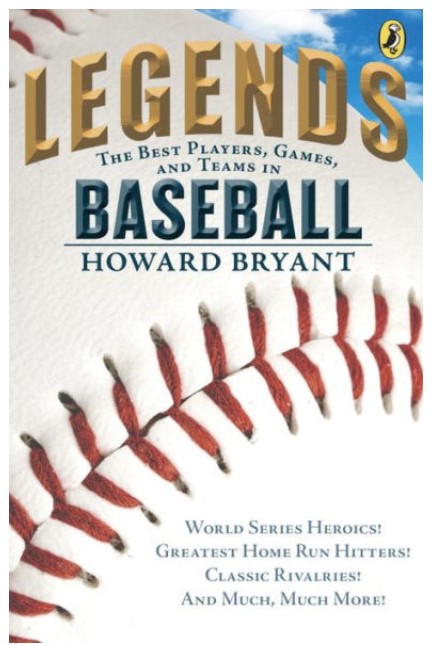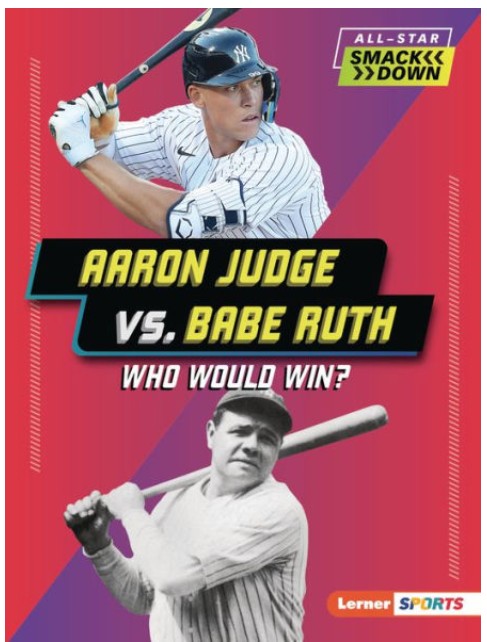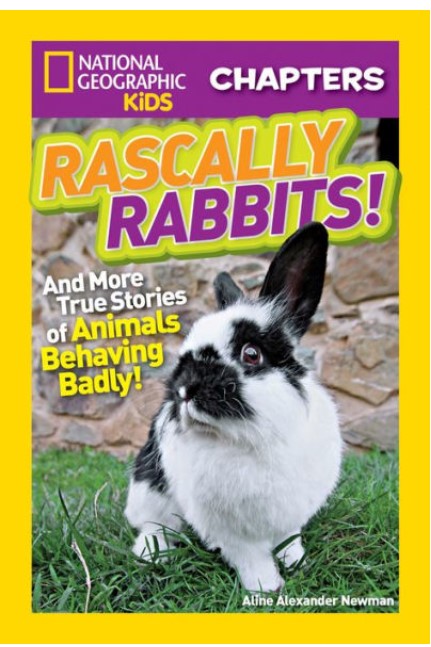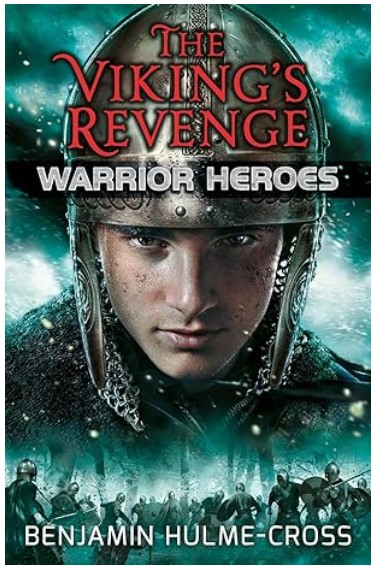Jack and his foster siblings, Ava and Matt, are not your typical kids—they’re geniuses. Well, Ava and Matt are. Ava speaks multiple languages and builds robots for fun, and Matt is an expert astronomer and math whiz. As for Jack, it’s hard to stand out when surrounded by geniuses all the time.
Things get more complicated when the trio start working for Dr. Hank Witherspoon, one of the world’s leading scientists. They travel to Antarctica with Hank for a prestigious award ceremony—but they quickly find that not all is as it seems. A scientist has gone missing and it’s up to Jack, Ava, and Matt to find her . . . and discover who’s behind it all.
In the Jack and the Geniuses Series, readers join Jack, Ava, and Matt on adventures around the world to tackle some of science’s biggest challenges, including new ways to create clean drinking water, generate clean and renewable energy, and provide information access to the entire planet. Each book in the series includes cool facts about the real-life science that’s found in the story, plus a fun DIY project.
At the Bottom of the World is told from Jack’s point of view. He uses a self-deprecating tone that adds humor to the action. Jack’s impulsive nature and curiosity make him a relatable and likable protagonist. Even though he is not as intelligent as Ava and Matt, he often becomes the leader. Jack, Ava, and Matt all work together and use their different skills to solve the mystery.
While in Antarctica, the kids learn about living in the harsh environment. The science is presented in a kid-friendly manner that is easy to understand. For example, Antarctica is “as large as the United States, not counting Alaska, and 98 percent of it is ice. If the whole thing were a pizza, and you cut the pie into a hundred slices, all but two would be frozen.” The fun facts are accompanied by references to real people and places, such as McMurdo Station in Antarctica, Ernest Shackleton, and Jules Vern.
The action-packed story incorporates science into a fun mystery with plenty of twists and turns. Readers will find the three siblings—Jack, Ava, and Matt—to be interesting characters who each contribute to solving the mystery. Even though Ava and Matt are geniuses, they are likable and relatable. Plus, the three kids complement each other, and each adds a unique aspect to the story.
Anyone interested in gadgets, science, and visiting new places will find At the Bottom of the World an enjoyable read. In the next book, In the Deep Blue Sea, readers will be eager to join Jack and the geniuses on their adventure to the Hawaiian islands. Readers who enjoy At the Bottom of the World can find more adventure by reading The Max Tilt Series by Peter Lerangis, the Masterminds Series by Gordon Korman and Survival Tails: Endurance in Antarctica by Katrina Charman.
Sexual Content
Violence
- Jack, Ava, and Matt break into a building when a “humanoid opened a compartment in his chest. . . The robot pulled something out and flung it at us. I ducked the shot, and a yellowish clump splattered on the dark wood paneling behind me. . . The machine threw something, striking Matt in the chest. My brother shouted and fell to the floor.” The robot is throwing pizza dough; no one is injured.
- The villain leaves a woman far from the base and other humans. He reveals, “I didn’t really leave her out here to die. I left her out here to freeze.”
- The villain points a gun at Jack, Ava, Matt, and Hank. The villain plans to strand the group so they cannot walk to shelter.
- As the villain leads the group further from civilization, Jack pretends to be too tired to walk. The villain “pressed his foot against my back and pushed me forward. I threw out my arms to stop myself from face-planting.”
- As the group walks, Matt breaks a hole through a trapdoor that a seal made. The villain’s “foot struck the newly opened trapdoor, he lost his balance and toppled forward. His eyes flashed with a mix of terror and confusion as he plunged down through the slush, falling up to his waist in the ice water.”
- Before the villain completely sinks, one of his “huge gloved hands wrapped around [Jack’s] ankles with the force of a boa constrictor death-gripping a helpless rat. My heels lost their grip as he yanked me down.” Jack and the villain are saved; they are cold but otherwise uninjured. The scene with the villain takes place over a chapter.
Drugs and Alcohol
Language
Supernatural
Spiritual Content


